Home>Storage Ideas>Kitchen Storage>Transitional Kitchen Ideas: Embrace This Popular Kitchen
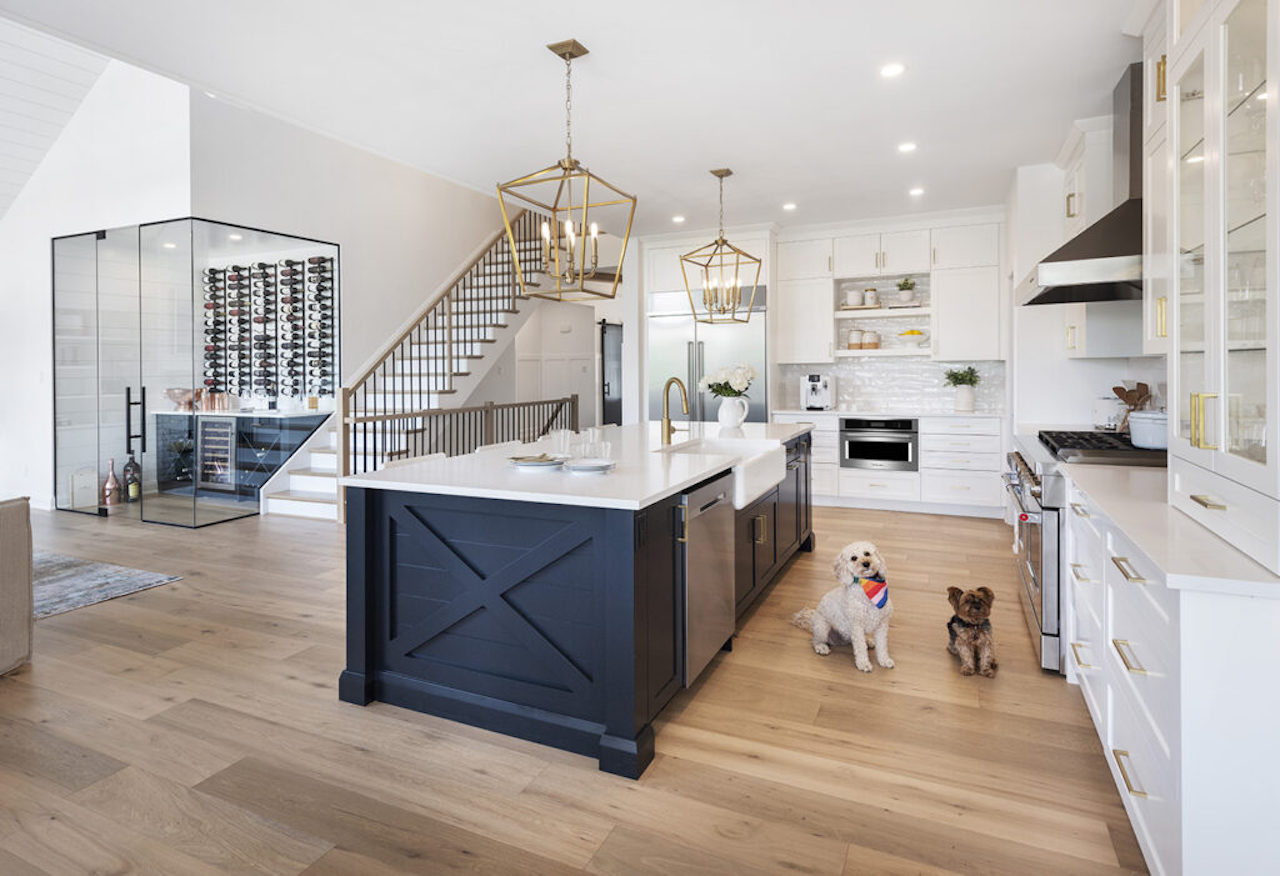

Kitchen Storage
Transitional Kitchen Ideas: Embrace This Popular Kitchen
Modified: January 23, 2024
Looking for transitional kitchen ideas? Embrace this popular kitchen trend and get inspired by our creative kitchen storage ideas. Create a functional and stylish space with our tips!
(Many of the links in this article redirect to a specific reviewed product. Your purchase of these products through affiliate links helps to generate commission for Storables.com, at no extra cost. Learn more)
Introduction
Welcome to the world of transitional kitchen design! If you’re looking for a kitchen style that combines the best of both traditional and contemporary aesthetics, then this is the perfect choice for you. Transitional kitchens are all about creating a harmonious balance between classic elements and modern touches. They offer a versatile and timeless look that can seamlessly blend with any home decor.
In this article, we will dive deep into the world of transitional kitchen ideas, exploring various aspects of this popular style. From color palettes and materials to cabinetry and hardware, countertops and backsplashes, flooring options, lighting fixtures, appliances and fixtures, furniture, and accessories, we will cover it all. So, get ready to be inspired and learn how to create the perfect transitional kitchen that suits your taste and lifestyle.
Transitional kitchen design is all about achieving a sense of balance and harmony. It combines classic elements from traditional kitchens with the sleek lines and clean finishes of contemporary designs. The result is a space that feels warm, welcoming, and effortlessly stylish.
One of the key features of transitional kitchens is the use of neutral color palettes. These include shades of white, beige, gray, and taupe. The idea is to create a calm and soothing atmosphere that acts as a backdrop for pops of color and interesting textures. This allows you to personalize the space with accessories and accent pieces, while still maintaining a cohesive and timeless look.
The choice of materials is also crucial in achieving the transitional look. Mixing different textures and finishes adds visual interest and depth to the space. For example, you could combine smooth marble countertops with rustic wooden cabinets, or pair sleek stainless steel appliances with vintage-inspired fixtures.
Key Takeaways:
- Embrace the timeless versatility of transitional kitchen design by blending traditional and contemporary elements to create a harmonious and visually appealing space that reflects your personal style and lifestyle.
- Achieve the perfect balance of classic elegance and modern functionality in your transitional kitchen through a carefully curated color palette, high-quality materials, and thoughtful selection of fixtures and accessories.
Understanding Transitional Kitchen Design
To truly embrace the transitional kitchen style, it’s important to understand its key design principles. Transitional kitchens aim to bridge the gap between traditional and contemporary design, creating a space that is both timeless and current.
One of the defining characteristics of transitional kitchens is the blending of traditional and contemporary elements. This means incorporating classic design features, such as raised-panel cabinets, ornate crown moldings, and traditional hardware, alongside sleek and clean lines, minimalistic fixtures, and modern appliances.
Another essential aspect of transitional kitchen design is the use of neutral color palettes. This helps create a calming and cohesive atmosphere while allowing for the incorporation of contrasting elements. White, beige, gray, and taupe are popular choices for the main color scheme, providing a versatile backdrop for pops of color and texture.
When it comes to cabinetry, transitional kitchens often feature a combination of traditional and contemporary styles. Raised or recessed panel cabinet doors with simple, clean lines are commonly used. This creates a transitional balance between the intricate details of traditional cabinetry and the sleekness of modern design.
In terms of hardware, transitional kitchens often lean towards clean and streamlined options. This could be in the form of rectangular or square-shaped cabinet pulls, stainless steel handles, or even sleek and minimalistic knobs. The goal is to achieve a contemporary aesthetic while still maintaining a touch of traditional elegance.
Transitional kitchens also pay great attention to the choice of countertops and backsplashes. Classic materials like marble, granite, and quartz are popular options, adding a timeless charm. However, to incorporate a modern touch, consider opting for lighter shades and smooth finishes that blend seamlessly with the overall color scheme.
Flooring in transitional kitchens is chosen to complement the overall design. Hardwood or engineered wood floors are preferred for their natural warmth and classic appeal. Alternatively, large format porcelain tiles with a wood or stone look can provide a durable and low-maintenance option that still exudes elegance.
Lighting plays a vital role in creating the right ambiance in a transitional kitchen. A combination of natural and artificial lighting is key. Large windows or skylights can bring in ample natural light during the day, while pendant lights, recessed lighting, and under-cabinet lighting provide task and accent lighting in the evenings. Lighting fixtures with clean and simple designs further enhance the transitional aesthetic.
The choice of appliances and fixtures in a transitional kitchen should strike a balance between classic and modern. Stainless steel appliances provide a sleek and contemporary look while still blending seamlessly with the overall design. Fixtures such as faucets and sinks can feature clean lines and a brushed nickel or matte black finish to add a modern touch to traditional elements.
Lastly, don’t forget about the furniture and accessories in your transitional kitchen. Incorporate comfortable seating, like bar stools or dining chairs, with clean lines and neutral upholstery. Accessories such as artwork, rugs, and decorative objects can bring personality and color to the space while maintaining a cohesive and balanced look.
Understanding the principles of transitional kitchen design will allow you to create a space that combines the best of traditional and contemporary elements. Whether you’re a fan of classic elegance or modern minimalism, transitional kitchens offer a versatile and timeless style that can adapt to your personal taste and lifestyle.
Blending Traditional and Contemporary Elements
Blending traditional and contemporary elements is at the heart of transitional kitchen design. This unique combination creates a space that feels both familiar and fresh, classic yet modern. Let’s explore how to effectively integrate these contrasting styles to achieve a cohesive and balanced transitional kitchen.
One of the key aspects of blending traditional and contemporary elements is through the choice of cabinetry. Transitional kitchens often feature classic raised-panel or shaker-style cabinets with clean lines. This brings in the traditional charm while maintaining a sleek and modern look. To add a contemporary touch, consider opting for lighter colors, such as white or light gray, and pairing them with simple and minimalistic hardware.
Another way to blend traditional and contemporary elements is through the use of countertops and backsplashes. Classic materials like marble or granite provide a timeless appeal, while modern patterns and finishes can add a touch of contemporary flair. For example, instead of a solid-colored countertop, consider choosing a marble slab with subtle veining that adds visual interest and depth to the space.
When it comes to flooring, transitional kitchens often feature hardwood or wood-look floors. This traditional material brings warmth and character to the space. To give it a modern twist, opt for wider planks or lighter wood tones. For a more contemporary look, consider large format porcelain tiles with a wood or stone look that emulate the natural textures but offer easier maintenance.
Lighting fixtures play a crucial role in bridging the gap between traditional and contemporary styles. Pendant lights with clean and sleek designs can add a touch of modernity to the kitchen. Consider using fixtures with brushed nickel or matte black finishes for a more contemporary feel. If you have a traditional dining area within your transitional kitchen, a classic chandelier with modern features, like streamlined shapes or adjustable heights, can bring a harmonious blend of styles.
Appliances are an important element to consider when blending traditional and contemporary elements. Stainless steel appliances are a popular choice for their modern and sleek appearance. To add a traditional touch, look for appliances with retro-inspired details or those that mimic the appearance of vintage appliances. This combination achieves a perfect balance between classic and modern aesthetics.
Furniture and accessories also play a significant role in blending traditional and contemporary elements. Look for pieces that have clean lines and simple designs, yet offer comfort and functionality. Incorporate seating options like bar stools or dining chairs that feature a blend of traditional upholstery materials like leather or fabric in more contemporary styles. Add pops of color and texture through accessories like rugs, artwork, and decorative objects that complement both traditional and modern elements in the kitchen.
Incorporating traditional and contemporary elements in a transitional kitchen is all about finding the right balance. It’s important to have a clear vision of the overall aesthetic you want to achieve and ensure that each element works harmoniously together. By carefully selecting cabinetry, countertops, flooring, lighting, appliances, furniture, and accessories that seamlessly blend traditional and contemporary styles, you can create a transitional kitchen that is both visually stunning and timeless.
Color Palette and Materials
The color palette and materials used in a transitional kitchen play a crucial role in creating a harmonious and balanced design. The goal is to combine classic and contemporary elements to achieve a timeless and cohesive look. Let’s explore the color palette and materials commonly used in transitional kitchen design.
In transitional kitchens, neutral color palettes are a popular choice. Shades of white, beige, gray, and taupe provide a versatile and timeless backdrop that allows for flexibility in decor and accents. These neutral colors create a sense of calm and serenity while providing a blank canvas for pops of color and texture throughout the space.
When it comes to materials, transitional kitchens often showcase a mix of classic and modern options. One popular material choice for cabinetry is wood. Traditional wood species like oak, maple, or cherry are commonly used for their warm and rich tones. To give it a contemporary twist, consider selecting wood with a lighter stain or a painted finish in white or gray tones.
Countertops and backsplashes are another area where a mix of materials can be incorporated. Classic materials like marble, granite, and quartz are often chosen for their timeless beauty. For a more modern touch, opt for lighter-colored stones or those with minimalistic veining that complement the overall color scheme of the kitchen.
In terms of flooring, hardwood is a popular choice for transitional kitchens. It adds warmth and character to the space while ensuring durability and longevity. Traditional wood species like oak or walnut are commonly used, but lighter wood tones and wider plank sizes can give the flooring a more contemporary feel.
Lighting fixtures in a transitional kitchen also contribute to the overall aesthetic. Consider using fixtures with clean lines and simple designs to maintain the contemporary aspect of the space. Metal finishes like brushed nickel, stainless steel, or matte black can add a modern touch. Incorporate pendant lights, recessed lighting, and under-cabinet lighting to create a warm and inviting ambiance.
When selecting appliances and fixtures, stainless steel is a popular choice for its sleek and modern appearance. It complements the transitional style by offering a clean and contemporary look. For a touch of traditional elegance, consider incorporating fixtures with vintage-inspired details or those with a brushed nickel finish.
Lastly, don’t forget to consider the materials and colors used for furniture and accessories. Upholstered dining chairs or bar stools can feature neutral fabrics or leather for a contemporary look. Incorporate accessories like rugs, artwork, and decorative objects that add pops of color and texture while complementing the overall color palette of the kitchen.
When designing a transitional kitchen, it’s important to strike a balance between classic and contemporary elements in both the color palette and the choice of materials. By using neutral colors as a base and incorporating a mix of traditional and modern materials, you can achieve a timeless and cohesive design that exudes style and elegance.
Cabinetry and Hardware
Cabinetry and hardware are integral components of a transitional kitchen, contributing to its overall aesthetic and functionality. In a transitional kitchen, the goal is to strike a balance between traditional charm and contemporary flair. Let’s explore how to achieve this balance when it comes to cabinetry and hardware.
Transitional kitchens often feature a mix of traditional and contemporary cabinetry styles. One option is to go for raised-panel cabinets, which offer a classic and timeless look. The intricate details and decorative molding add a touch of sophistication. Another option is to choose shaker-style cabinets, known for their simplicity and clean lines. These cabinets create a more contemporary feel while maintaining a touch of traditional elegance.
When it comes to the color of the cabinetry, neutral tones are the go-to choice in transitional kitchens. White, beige, and gray are popular options that create a sense of tranquility and complement the overall color scheme. These color choices also allow for ease in incorporating pops of color through accessories and accents in the kitchen.
In terms of hardware, transitional kitchens usually feature clean and streamlined designs. This avoids ornate or intricate hardware commonly found in traditional kitchens. Look for handles, knobs, and pulls with straight lines and minimalistic shapes. Popular options include rectangular or square-shaped hardware in finishes like brushed nickel, stainless steel, or matte black.
Another trend in transitional kitchen hardware is the use of mixed finishes. This involves incorporating multiple finishes for the hardware throughout the kitchen. For example, you could have stainless steel handles on the cabinets paired with brushed nickel knobs on the drawers. This adds visual interest and brings in a contemporary twist to the cabinetry design.
When selecting cabinetry and hardware, it’s important to consider functionality as well. Ensure that the cabinets provide ample storage space and organization solutions that meet your needs. Soft-close hinges and drawer slides are a popular choice in transitional kitchens as they offer a modern touch and enhance the overall user experience.
To tie all the elements together, consider matching or coordinating the finishes of the hardware with other fixtures in the kitchen, such as faucets, sinks, and lighting fixtures. This creates a cohesive look and ensures that all elements work harmoniously together.
Remember, the key to achieving a successful cabinetry and hardware design in a transitional kitchen is finding the right balance. By combining traditional and contemporary elements, using neutral colors, and opting for clean and streamlined hardware, you can create a kitchen that exudes timeless elegance while embracing modern functionality.
Countertops and Backsplash
Countertops and backsplashes are essential elements in a transitional kitchen, as they contribute to the overall aesthetic and functionality of the space. In a transitional kitchen, the goal is to combine classic materials with modern finishes to create a harmonious and timeless look. Let’s explore the options for countertops and backsplashes in a transitional kitchen.
When it comes to countertops, classic materials like marble, granite, and quartz are popular choices in transitional kitchens. These natural stones offer durability, elegance, and a timeless appeal. Opt for lighter shades of these materials to create a fresh and airy feel in the kitchen. Consider marble with subtle veining or granite with soft and neutral patterns.
To add a contemporary touch to the traditional materials, opt for smooth finishes instead of highly polished ones. Honed or leathered finishes provide a sophisticated and more modern look. These finishes soften the appearance of the stone while adding a subtle texture that complements the overall design of the kitchen.
If you prefer a more budget-friendly option, consider quartz countertops. Quartz offers the same durability and beauty as natural stone but with more color consistency. It is also low-maintenance, non-porous, and resistant to stains and scratches, making it an excellent choice for a busy kitchen.
Incorporating a backsplash that complements your countertops is crucial in achieving a cohesive transitional kitchen design. Traditionally, backsplashes were made of ceramic or subway tiles, and these options still work well in transitional kitchens. The key is to choose tiles in neutral or light colors that match the overall color scheme of the kitchen.
To give the backsplash a modern twist, consider using larger tiles or selecting options with interesting textures. Subtle patterns or muted geometric designs can add visual interest without overpowering the space. Alternatively, you could opt for a neutral-colored glass or stainless steel backsplash that provides a sleek and contemporary look.
In addition to tiles, consider using natural stones as a backsplash material. This creates a cohesive and seamless look when matched with the countertops. Marble, travertine, or even a brick veneer can add a touch of elegance and texture to the kitchen walls.
Another trend in transitional kitchens is the use of full-height backsplashes. This involves extending the backsplash from the countertop all the way up to the upper cabinets or even the ceiling. Full-height backsplashes create a focal point in the kitchen and add a sense of drama and sophistication.
When selecting the materials for your countertop and backsplash, make sure to consider their practicality and maintenance requirements. For countertops, choose materials that are resistant to scratches, stains, and heat. For backsplashes, opt for materials that are easy to clean and maintain.
In a transitional kitchen, the perfect blend of classic and contemporary materials for countertops and backsplashes creates a visually stunning and timeless design. By selecting neutral colors, incorporating interesting textures, and ensuring practicality, you can achieve a harmonious look that will stand the test of time.
When designing a transitional kitchen, focus on blending traditional and contemporary elements, such as mixing modern appliances with classic cabinetry or incorporating a combination of materials like wood and metal for a balanced look.
Flooring Options
When it comes to flooring options in a transitional kitchen, the aim is to find a balance between classic elegance and modern functionality. The right flooring choice can tie together the overall design while providing durability, comfort, and visual appeal. Let’s explore some of the popular flooring options for a transitional kitchen.
Hardwood flooring is a timeless choice that adds warmth and character to any space. In a transitional kitchen, hardwood floors create a sense of tradition and elegance. Common wood species used include oak, maple, and walnut, which offer a range of colors and grain patterns to suit your style. To achieve a more contemporary look, opt for wider plank sizes or lighter wood tones.
Another option for a transitional kitchen is engineered wood flooring. This type of flooring consists of a thin layer of real wood veneer on top of layers of plywood or fiberboard. Engineered wood offers greater stability and resistance to moisture compared to solid hardwood, making it a suitable choice for kitchens. Similar to hardwood, it comes in various color options and finishes that can complement the overall design scheme.
If you prefer the look of natural stone but seek a more budget-friendly option, consider porcelain or ceramic tile flooring. These materials can mimic the appearance of marble, slate, or travertine while providing durability and easy maintenance. Large format porcelain tiles with a stone or wood look can add depth and visual interest to the space, creating a modern twist on traditional flooring.
Luxury vinyl flooring is another increasingly popular option in transitional kitchens. With advancements in technology, luxury vinyl flooring can closely resemble the appearance of hardwood or natural stone but at a more affordable price point. It is also durable, water-resistant, and easy to clean, making it suitable for high-traffic areas like the kitchen.
Cork flooring is an eco-friendly option that offers comfort underfoot and excellent sound absorption. Cork is harvested from sustainable sources and provides a warm and inviting ambiance in the kitchen. It is also resistant to mold and mildew, making it a suitable choice for areas prone to moisture.
Ultimately, the flooring option you choose for your transitional kitchen should complement the overall design and meet your practical needs. Consider factors such as durability, maintenance requirements, and resistance to moisture and stains. It’s also essential to ensure that the flooring seamlessly transitions between adjacent rooms or living spaces for a cohesive and integrated look throughout your home.
As you select the flooring for your transitional kitchen, keep in mind the importance of achieving a balance between traditional and contemporary elements. Whether it’s hardwood, engineered wood, porcelain tile, luxury vinyl, or cork, the right flooring will enhance the overall aesthetic, provide functionality, and contribute to the timeless charm of your kitchen.
Lighting Fixtures
Lighting fixtures play a crucial role in creating the right ambiance and enhancing the overall design of a transitional kitchen. The goal is to achieve a perfect balance between functionality and aesthetics by combining traditional and contemporary lighting elements. Let’s explore some of the lighting fixtures commonly used in a transitional kitchen.
Pendant lights are a popular choice in transitional kitchens. These hanging fixtures add a stylish and decorative element to the space while providing task lighting over key areas such as kitchen islands or dining tables. Opt for pendant lights with clean lines and simple designs to maintain a contemporary feel. Choose finishes that complement other hardware and fixtures in the kitchen.
Recessed lighting is another essential component of a well-lit transitional kitchen. These fixtures are installed into the ceiling and provide ambient lighting throughout the space. Recessed lights offer a modern and sleek look while offering a practical and unobtrusive lighting solution. Consider using LED bulbs for energy efficiency and longevity.
Under-cabinet lighting is an excellent addition to a transitional kitchen, as it provides both functional and decorative illumination. These lights are installed underneath the upper cabinets and help illuminate countertops, making food preparation tasks easier and adding a warm and inviting ambiance. LED strip lights or puck lights are popular options for under-cabinet lighting.
To add a touch of elegance and traditional charm, consider incorporating chandeliers or semi-flush mount fixtures in your transitional kitchen. These ceiling-mounted lights can be used in dining areas or over kitchen islands to create a focal point and add visual interest. Look for fixtures with a modern twist, such as streamlined shapes or adjustable heights, to maintain a transitional aesthetic.
Natural light is also an important aspect to consider in a transitional kitchen. If possible, maximize the use of windows or skylights to bring in ample natural light during the day. This helps create a bright and airy atmosphere that complements the overall design. Use sheer or light-colored window treatments to allow natural light to flood the space while maintaining privacy.
When selecting lighting fixtures, ensure that they are appropriately scaled to the size of your kitchen. Larger fixtures can make a statement in a spacious kitchen, while smaller ones may be more suitable for compact spaces. Consider the height of ceilings and the layout of the kitchen to determine the best placement and type of fixtures to achieve a balanced and well-lit space.
Lastly, remember to layer your lighting to create a multi-dimensional and inviting atmosphere in your transitional kitchen. Combining different types of fixtures, such as overhead, task, and ambient lighting, allows for flexibility in adjusting the lighting levels according to the needs of the space and the mood you want to create.
By selecting a mix of pendant lights, recessed lighting, under-cabinet lights, and chandeliers or semi-flush mount fixtures, along with maximizing natural light, you can create a well-lit and visually stunning transitional kitchen. The right lighting fixtures will not only illuminate the space but also enhance the overall design, creating a warm and inviting ambiance that makes your kitchen a true centerpiece of your home.
Appliances and Fixtures
When it comes to appliances and fixtures in a transitional kitchen, the aim is to strike a balance between classic elegance and modern functionality. The right selection of appliances and fixtures can enhance the overall design while providing convenience and efficiency. Let’s explore some of the key considerations when choosing appliances and fixtures for your transitional kitchen.
Stainless steel appliances have become a staple in transitional kitchens due to their sleek and contemporary look. Stainless steel blends seamlessly with the overall design and adds a touch of sophistication. Look for appliances with clean lines and minimalistic finishes to maintain the transitional aesthetic. Consider appliances with advanced features and energy-efficient options to make your kitchen both stylish and practical.
Another option for appliances in a transitional kitchen is matte black or black stainless steel. These finishes offer a modern and sleek alternative to traditional stainless steel. Black appliances provide a bold and sophisticated look that complements the neutral color palette often used in transitional kitchens. They can create a striking contrast against white or light-colored cabinetry and countertops.
When it comes to fixtures in a transitional kitchen, consider incorporating a mix of traditional and contemporary elements. Faucets and sinks with sleek lines and a brushed nickel or matte black finish can add a modern touch. Look for fixtures that offer both functionality and style, such as pull-out or pull-down faucets with a high arc for convenience in washing dishes and filling pots.
In addition to faucets, consider the design of your sink when choosing fixtures. Apron-front or farmhouse sinks are popular choices in a transitional kitchen. These sinks offer a blend of traditional charm and modern functionality. Opt for options made of materials like stainless steel or fireclay, which provide durability and easy maintenance.
Cabinet and drawer hardware are also important fixtures in a transitional kitchen. Choose hardware with clean lines and minimalistic designs to maintain a contemporary feel. Rectangular or square-shaped cabinet pulls and knobs in finishes like brushed nickel or matte black complement the overall style. Consider mixing different hardware finishes for added visual interest and to create a more personalized and unique look.
When selecting appliances and fixtures for your transitional kitchen, it’s essential to consider both style and functionality. Look for options that seamlessly blend with the overall design while offering the latest technology and features. Prioritize energy efficiency and ease of use to ensure that your appliances and fixtures not only look good but also make your kitchen a practical and efficient space.
Remember, the key to achieving a successful appliance and fixture design in a transitional kitchen is finding the right balance. By combining stainless steel or black appliances with sleek and modern fixtures, and incorporating a mix of traditional and contemporary finishes, you can create a kitchen that exudes timeless elegance while embracing modern convenience.
Furniture and Accessories
Furniture and accessories are the finishing touches that bring character and personality to a transitional kitchen. The right choices can elevate the overall design and create a cohesive and inviting space. Let’s explore some of the key considerations when selecting furniture and accessories for your transitional kitchen.
When it comes to furniture, choose pieces that strike a balance between traditional elegance and contemporary simplicity. Incorporate seating options like bar stools or dining chairs with clean lines and neutral upholstery. Look for furniture that is both comfortable and visually appealing, as it will not only serve a practical purpose but also contribute to the overall aesthetics of the kitchen.
If you have an island or a dining area within your transitional kitchen, consider using furniture that adds a touch of warmth and sophistication. For dining tables, opt for materials like wood or marble with simple and clean designs. Select chairs that match the overall color scheme of the kitchen and have a blend of traditional and contemporary elements, such as upholstered seats or sleek metal legs.
Accessories play a crucial role in adding character and personalizing your transitional kitchen. Consider incorporating artwork, rugs, plants, and decorative objects that complement the overall color palette and style of the space. Choose items that have a blend of traditional and contemporary elements, such as abstract paintings in classic frames or modern sculptures with traditional materials.
When selecting accessories, consider the size of your kitchen and the available countertop and wall space. Avoid overcrowding the space with too many items. Instead, opt for a few well-chosen pieces that make a statement and add visual interest. Pay attention to the placement and arrangement of accessories to create a balanced and visually appealing composition.
Lighting fixtures can also serve as decorative accessories in a transitional kitchen. Consider pendant lights or chandeliers with unique designs or interesting materials that add a focal point and enhance the overall aesthetic of the space. Lighting fixtures with warm-toned bulbs can add a cozy and inviting ambiance that complements the transitional style.
When incorporating furniture and accessories into your transitional kitchen, it’s important to maintain a sense of harmony and cohesion. Consider the overall color palette, materials, and finishes in the space, and ensure that the furniture and accessories complement and enhance these elements. Avoid clutter and focus on creating a clean and organized environment that showcases the beauty of each piece.
Remember, the right furniture and accessories can transform your transitional kitchen into a space that reflects your personal style and creates a welcoming atmosphere. By selecting pieces that blend traditional and contemporary elements, and curating a collection of well-chosen accessories, you can add the perfect finishing touches to your kitchen and create a space that is as functional as it is visually stunning.
Conclusion
Transitional kitchens offer the perfect blend of traditional charm and contemporary style, creating a space that is both timeless and on-trend. By incorporating key design elements such as blending traditional and contemporary elements, selecting a neutral color palette, choosing the right cabinetry and hardware, and exploring various options for countertops, backsplashes, flooring, lighting fixtures, appliances, furniture, and accessories, you can create a truly spectacular transitional kitchen.
The beauty of a transitional kitchen is its versatility. It can adapt to various design preferences, whether you lean towards classic elegance or sleek modernity. The key is to strike a balance between these contrasting styles, creating a space that is harmonious and visually appealing.
Throughout this article, we have explored the importance of understanding transitional kitchen design, blending traditional and contemporary elements, selecting the right color palette and materials, choosing cabinetry and hardware that strikes the perfect balance, exploring options for countertops and backsplashes, considering various flooring options, and selecting lighting fixtures, appliances, furniture, and accessories that enhance the overall look and feel of the kitchen.
Creating a transitional kitchen is not only about aesthetics but also functionality. It’s about embracing a timeless style that seamlessly integrates modern amenities and conveniences. It’s about designing a space that reflects your personal taste, lifestyle, and needs.
So, whether you’re renovating your existing kitchen or starting from scratch, take inspiration from the ideas and principles shared in this article. Consider the key elements of transitional kitchen design and how they can be tailored to your specific preferences. With the right blend of traditional and contemporary elements, a carefully curated color palette, high-quality materials, and thoughtful selection of fixtures and accessories, you can create a transitional kitchen that will be the heart and soul of your home.
Remember, a well-designed transitional kitchen is not just about following trends, but about creating a space that feels authentic and comfortable to you. It’s about infusing your personality and lifestyle into the design, making it a place where you can enjoy cooking, entertaining, and spending time with loved ones for years to come.
Embrace the beauty and versatility of transitional kitchen design, and let your creativity shine as you transform your kitchen into a space that combines the best of both worlds.
Frequently Asked Questions about Transitional Kitchen Ideas: Embrace This Popular Kitchen
Was this page helpful?
At Storables.com, we guarantee accurate and reliable information. Our content, validated by Expert Board Contributors, is crafted following stringent Editorial Policies. We're committed to providing you with well-researched, expert-backed insights for all your informational needs.
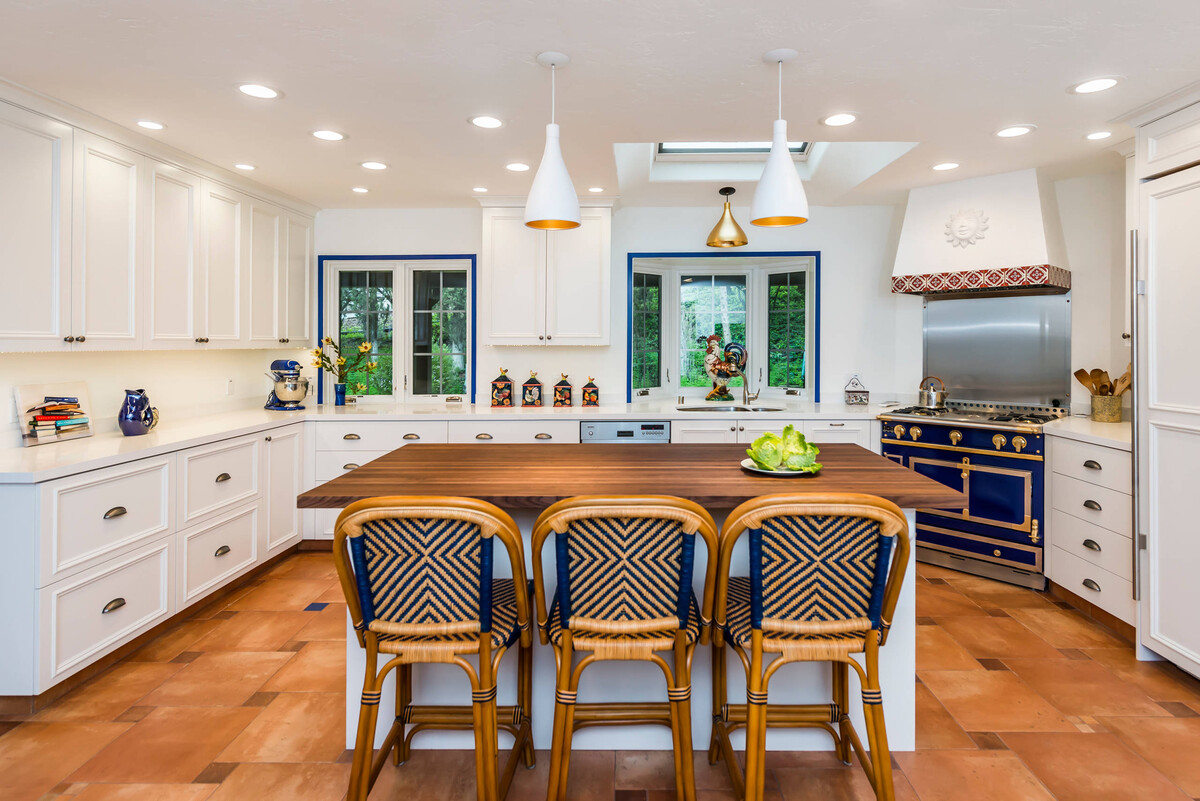
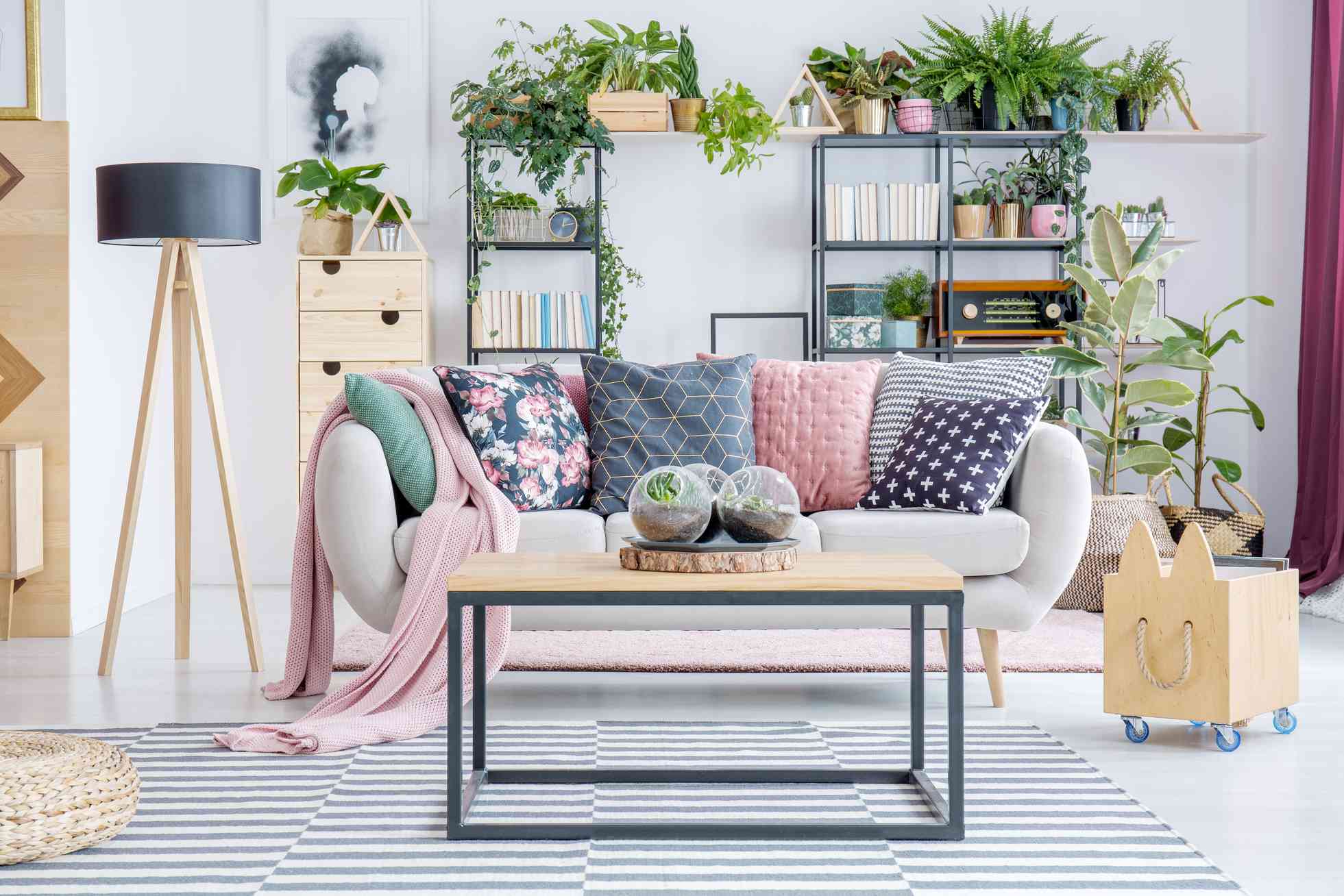
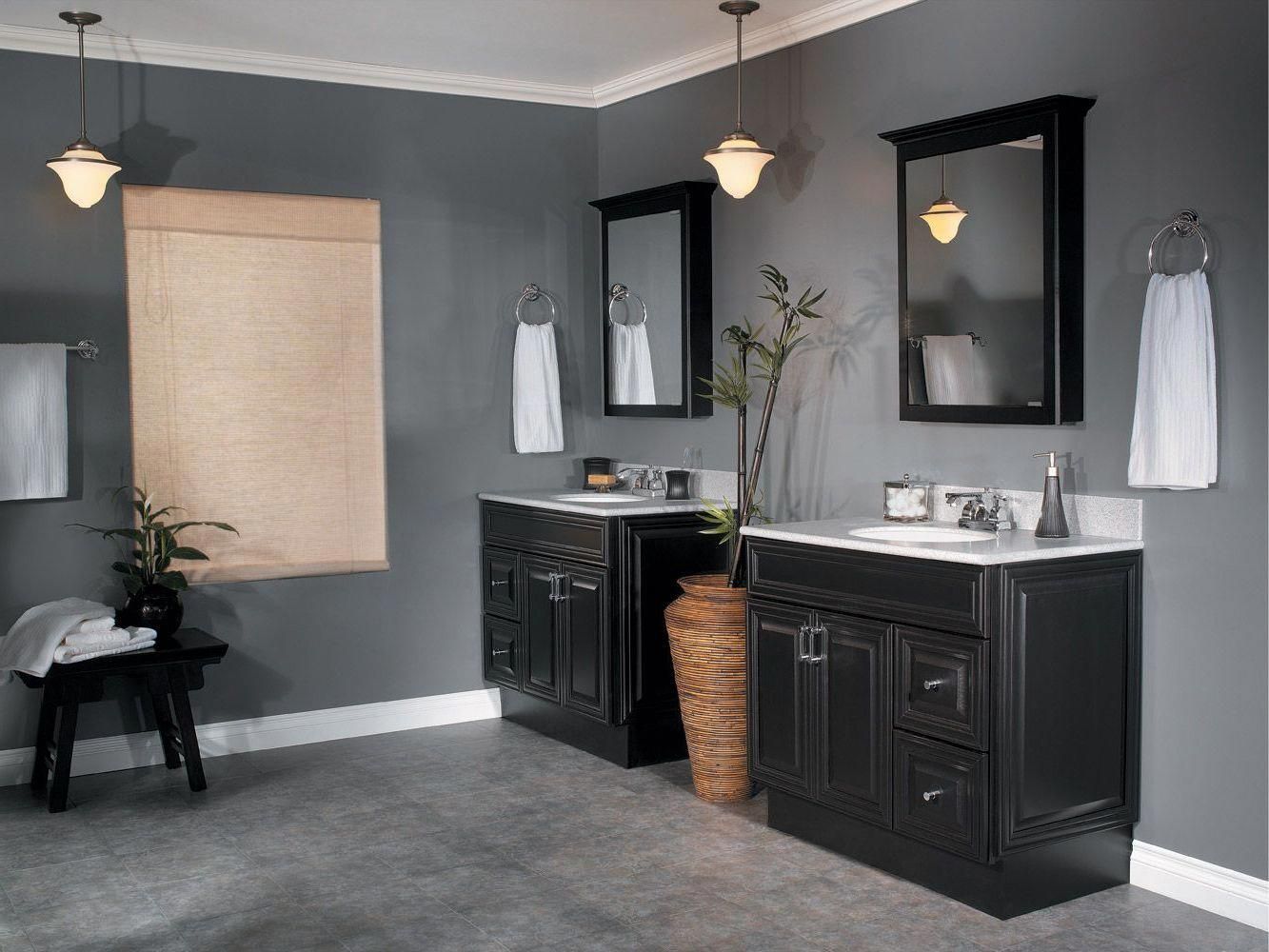
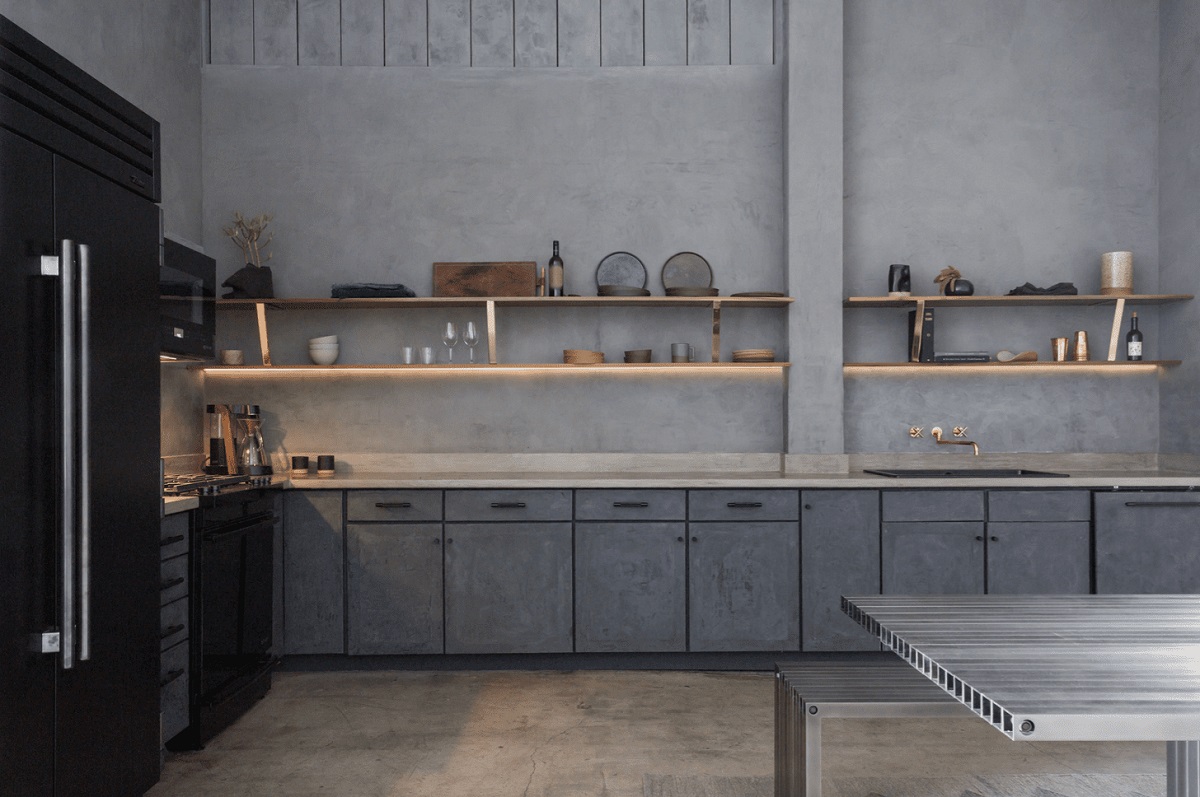
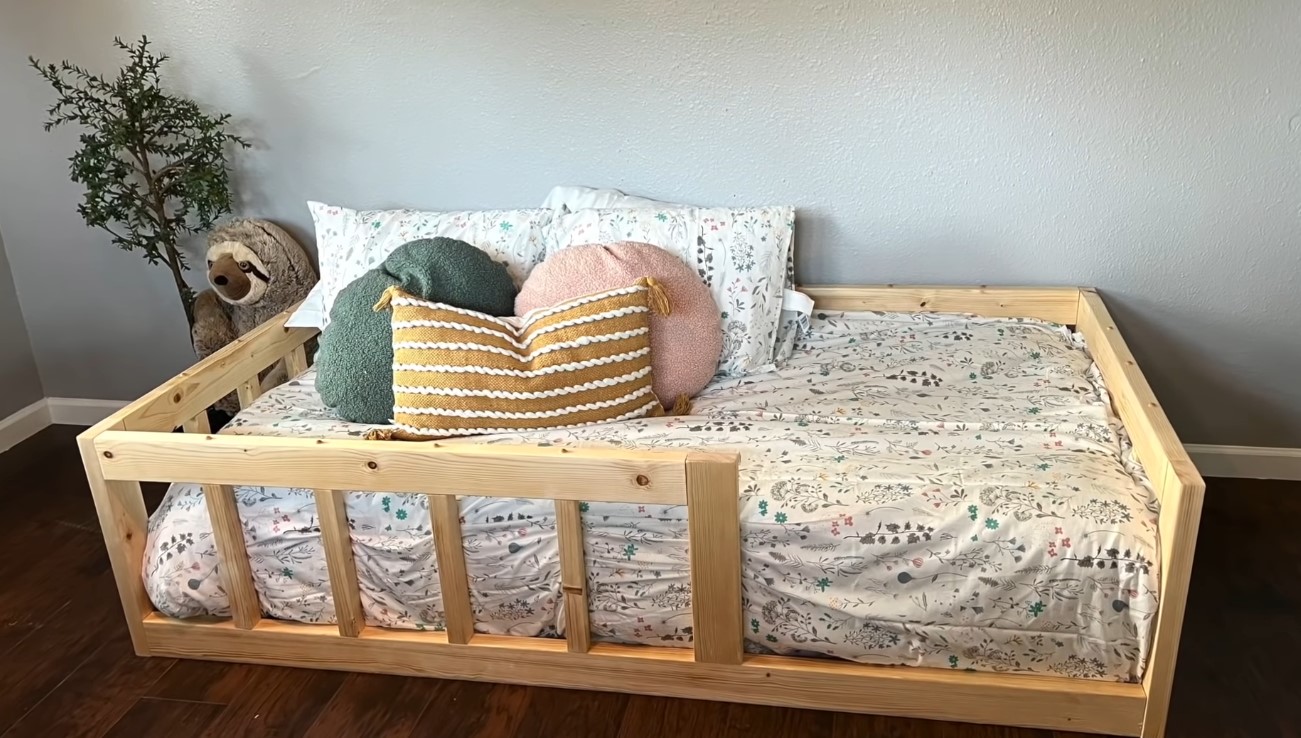
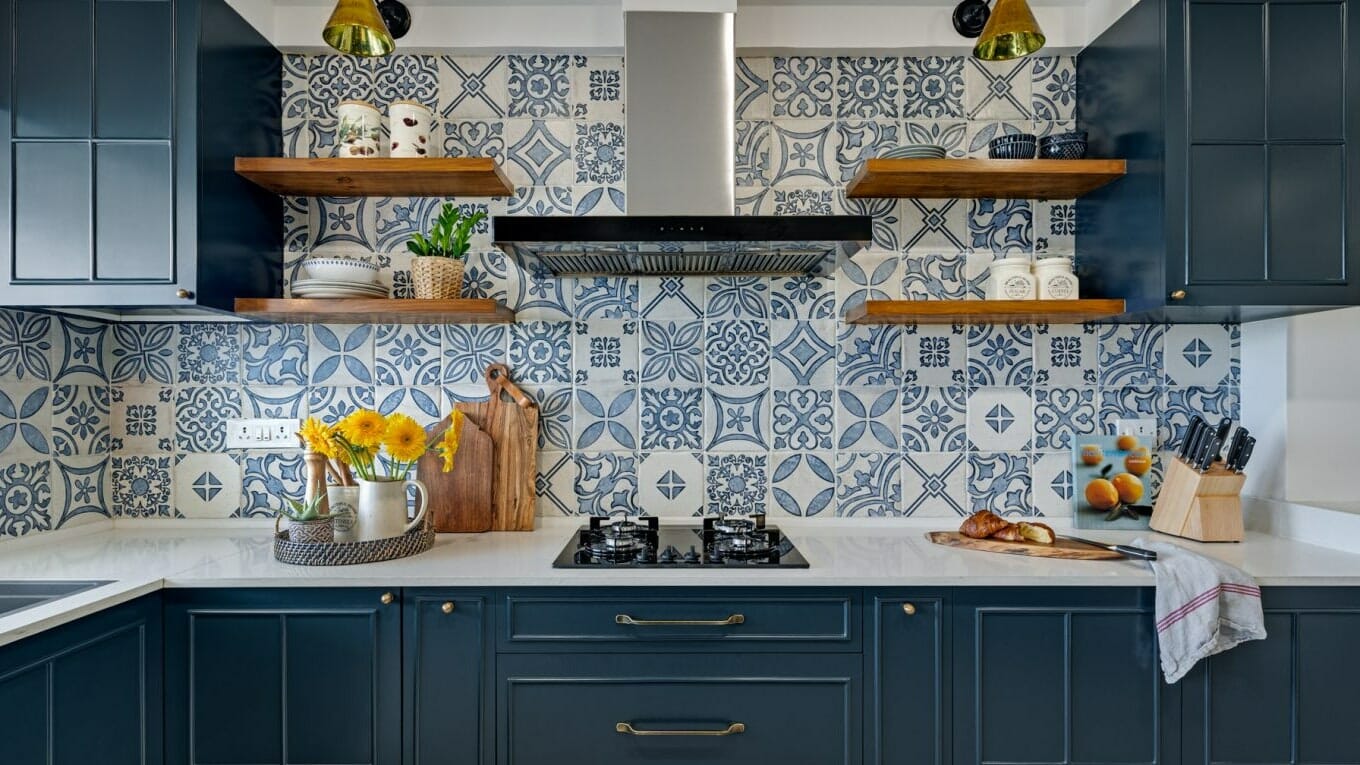
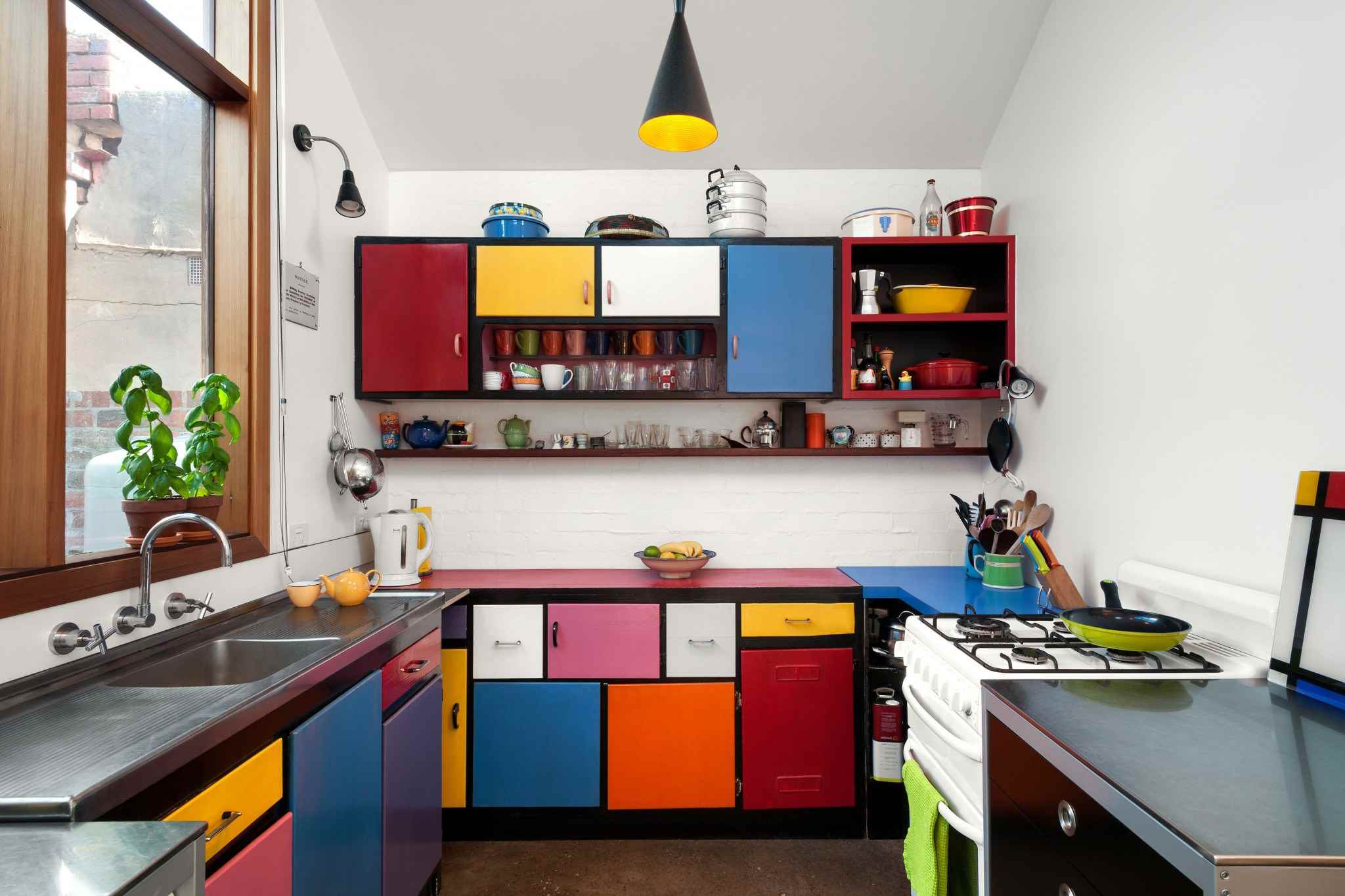
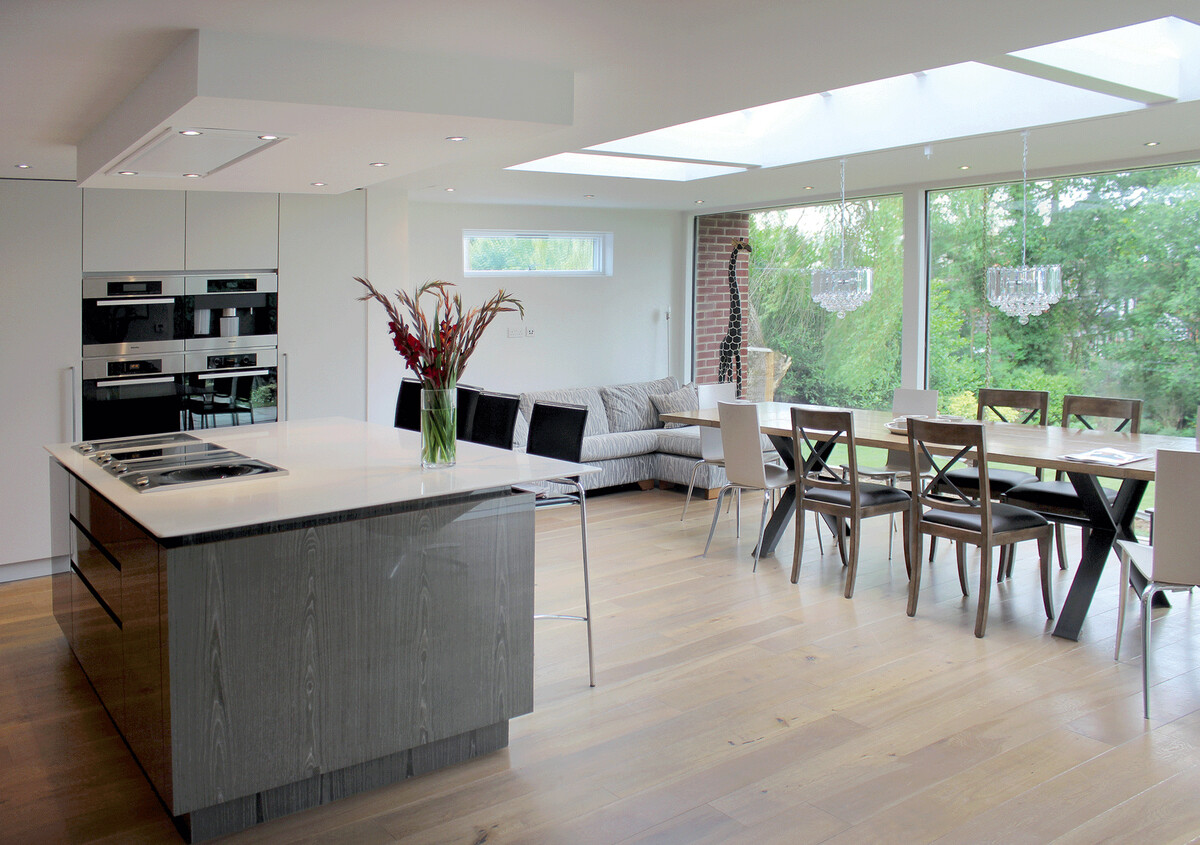
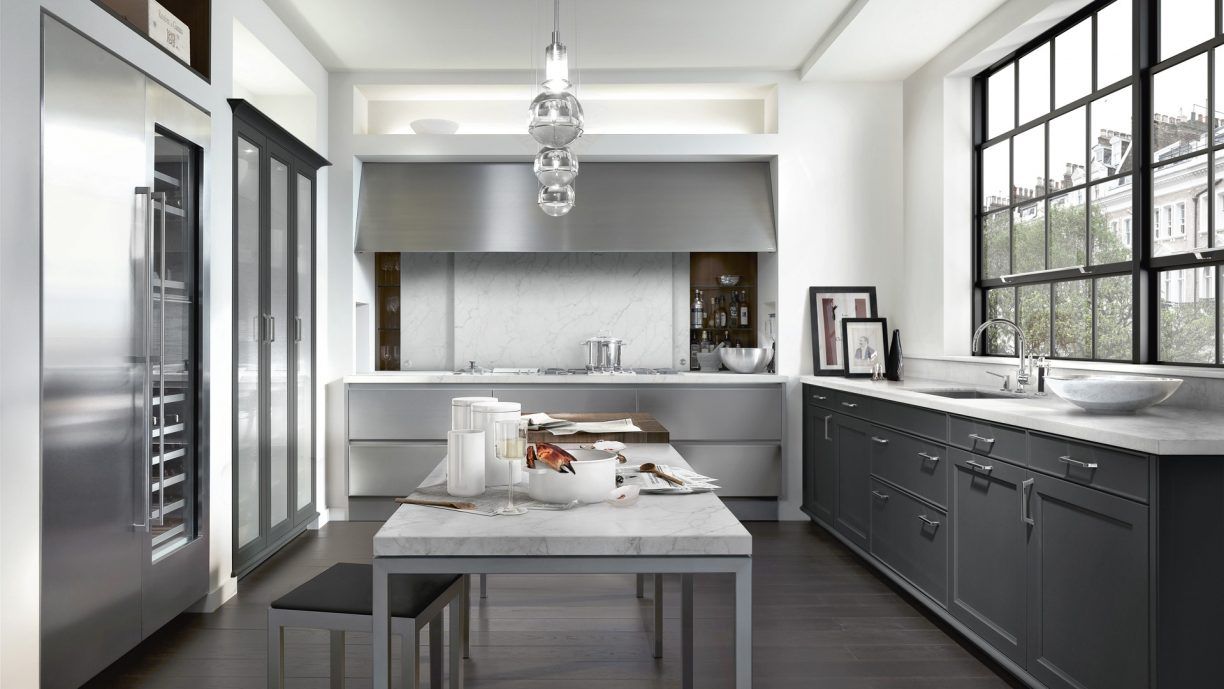

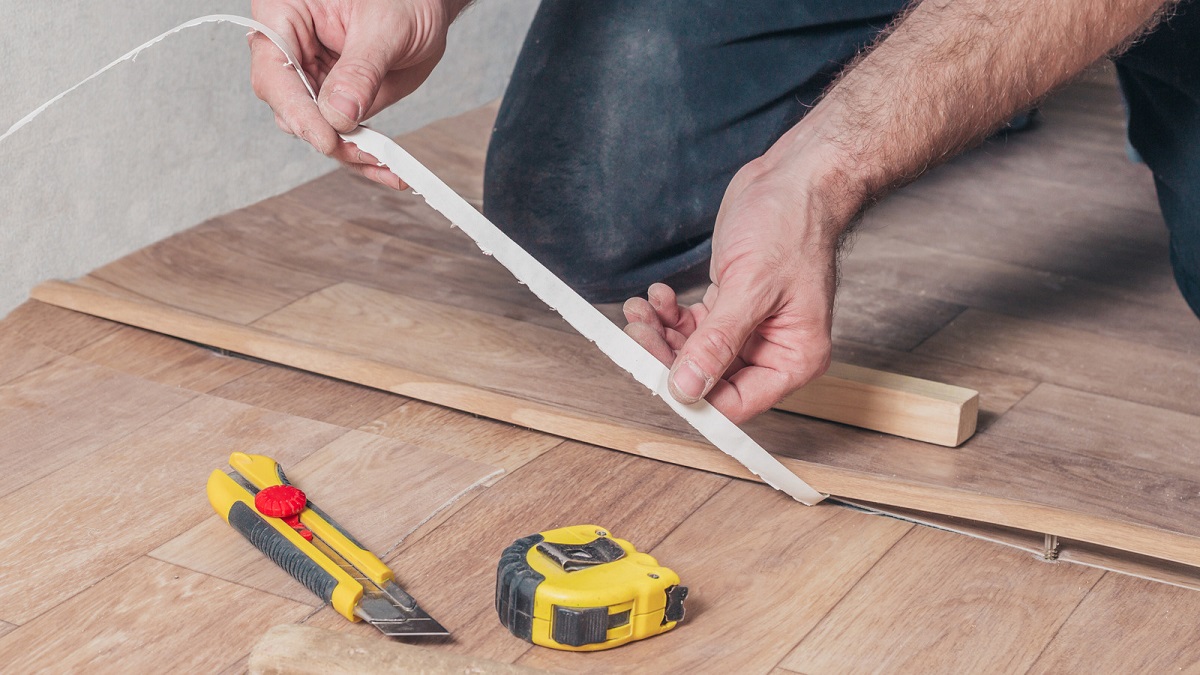
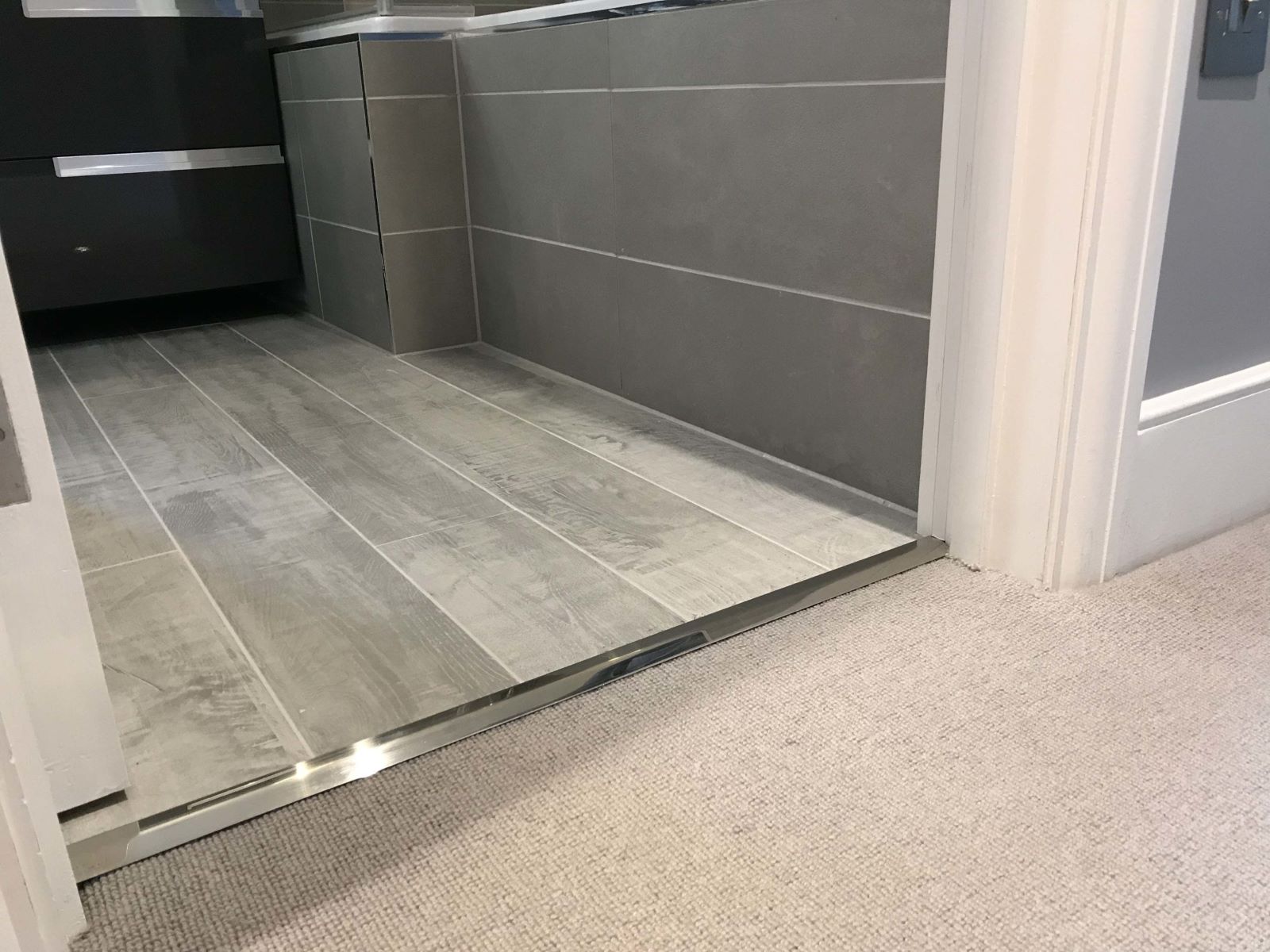
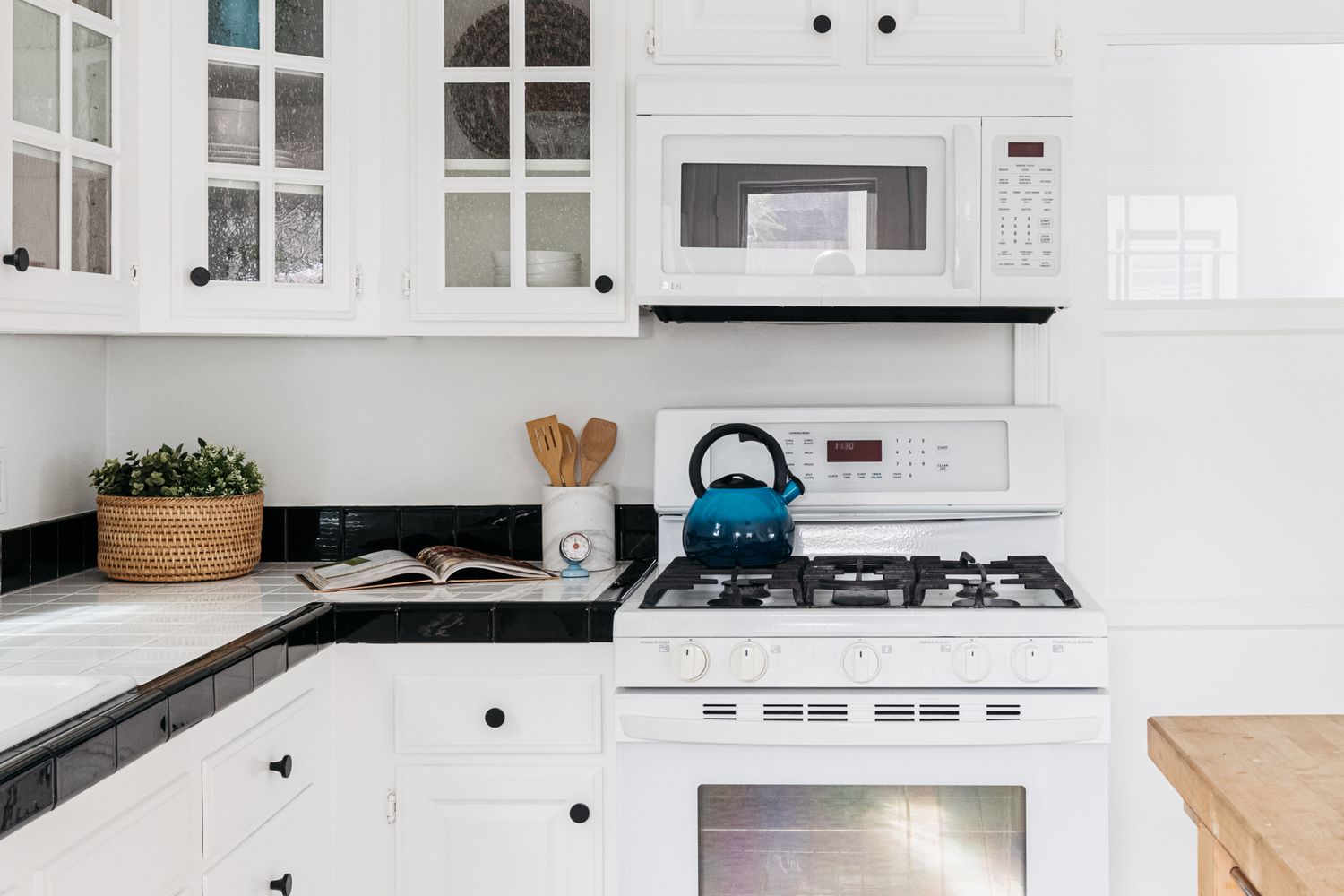

0 thoughts on “Transitional Kitchen Ideas: Embrace This Popular Kitchen”